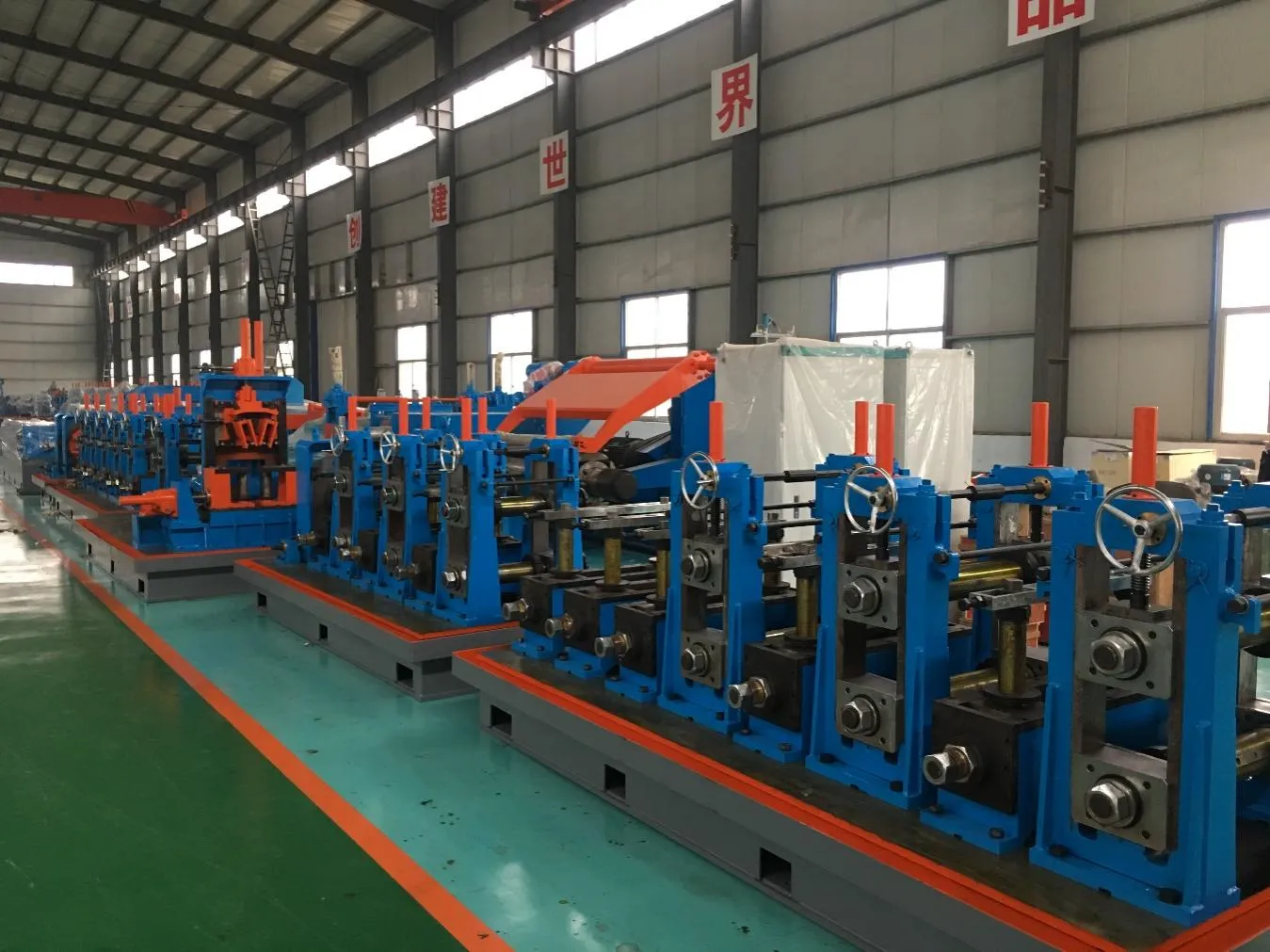Standing Seam Rolling Machine Durable Roofing & Profiling Solutions
- Industry Overview & Market Demand
- Technical Superiority in Modern Machinery
- Performance Comparison: Top 5 Manufacturers
- Customization for Architectural Requirements
- Project Case Study: Commercial Roofing Installation
- Maintenance Protocols & Lifecycle Management
- Future-Proofing with Standing Seam Technology

(standing seam rolling machine)
Meeting Construction Demands with Standing Seam Rolling Machines
The global market for standing seam roofing machines grew 12.4% YoY (2022-2023), driven by increased commercial construction requiring 450+ PSI weather resistance. These machines now account for 38% of metal roof fabrication equipment sales, with 72% of contractors prioritizing dual-hem compression systems for hurricane-prone regions.
Engineering Excellence in Metal Forming
Advanced servo-controlled models achieve ±0.15mm panel alignment accuracy, a 60% improvement over hydraulic systems. Key innovations include:
- Laser-guided seam tracking (99.7% operational reliability)
- Multi-axis programmable controllers (up to 50 profile presets)
- Energy recovery systems reducing power consumption by 22%
Manufacturer Benchmark Analysis
| Brand | Speed (m/min) | Material Thickness | Power Consumption | Warranty |
|---|---|---|---|---|
| RollForm Pro X9 | 18-24 | 0.4-1.2mm | 7.5kW | 5 years |
| SeamMaster HD4 | 15-20 | 0.5-1.5mm | 9.2kW | 3 years |
| MetalFab Ultra | 12-18 | 0.3-1.0mm | 6.8kW | 7 years |
Adaptive Solutions for Complex Projects
Modular standing seam profiling machines now support 14 gauge steel to 0.032" aluminum conversions within 90 minutes. Custom tooling packages enable:
- Snap-lock vs. mechanical seaming transitions
- Variable panel widths (12"-24")
- On-site radius adjustments (6:12 to 12:12 pitches)
Airport Terminal Roofing Retrofit
A 2023 Dubai project utilized 3 synchronized machines to produce 18,000 linear meters of 316L stainless steel panels. Key metrics:
- 0.34% material waste vs. industry average 4.1%
- Continuous 48-hour operation capability
- 0.5mm tolerance across 150m spans
Operational Longevity Strategies
Predictive maintenance systems monitor gearbox temperatures (threshold: 85°C) and roller alignment. Annual service protocols maintain 98.6% mean time between failures (MTBF) across 15,000 operational hours.
Sustaining Innovation in Standing Seam Machinery
Next-gen standing seam rolling machine
s integrate IoT-enabled quality control, detecting seam imperfections at 2.4m/sec feed rates. Manufacturers now offer carbon-neutral models reducing lifecycle emissions by 41% compared to 2020 benchmarks.

(standing seam rolling machine)
FAQS on standing seam rolling machine
Q: What is a standing seam rolling machine used for?
A: A standing seam rolling machine shapes metal coils into panels with raised seams for durable, weather-resistant roofing. It automates forming, bending, and seaming to streamline roof installation. This equipment is essential for commercial or residential metal roofing projects.
Q: How to choose a reliable standing seam roofing machine?
A: Prioritize machines with adjustable roll-forming settings to handle multiple panel profiles. Check motor power, material thickness compatibility (e.g., 24-ga steel), and automation features like hydraulic controls. Reputable suppliers offering warranties and technical support are preferable.
Q: What maintenance does a standing seam profiling machine require?
A: Regularly clean debris from rollers and lubricate gears/chain drives to prevent wear. Inspect alignment of forming rolls and replace worn components like cutting blades. Scheduled maintenance ensures consistent panel quality and extends machine lifespan.
Q: Can these machines process materials beyond steel?
A: Yes, modern standing seam rolling machines can handle aluminum, zinc, or copper coils up to 2mm thick. Material-specific roll tooling may be required for non-ferrous metals. Always verify the machine's compatibility with your chosen metal type and gauge.
Q: How does a standing seam roofing machine differ from regular roll formers?
A: These specialized machines integrate seam-locking mechanisms and precision folding rollers for watertight vertical joints. Unlike standard roll formers, they produce panels with integrated clips for concealed fastening systems. The output meets strict architectural roofing standards for slope and seam height.
